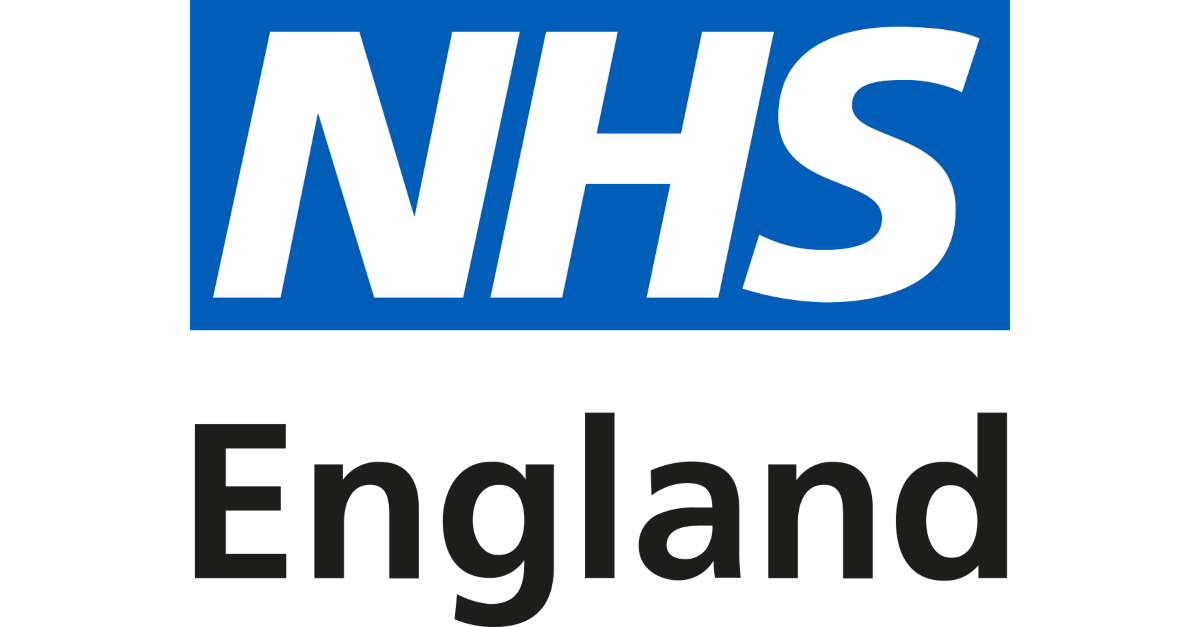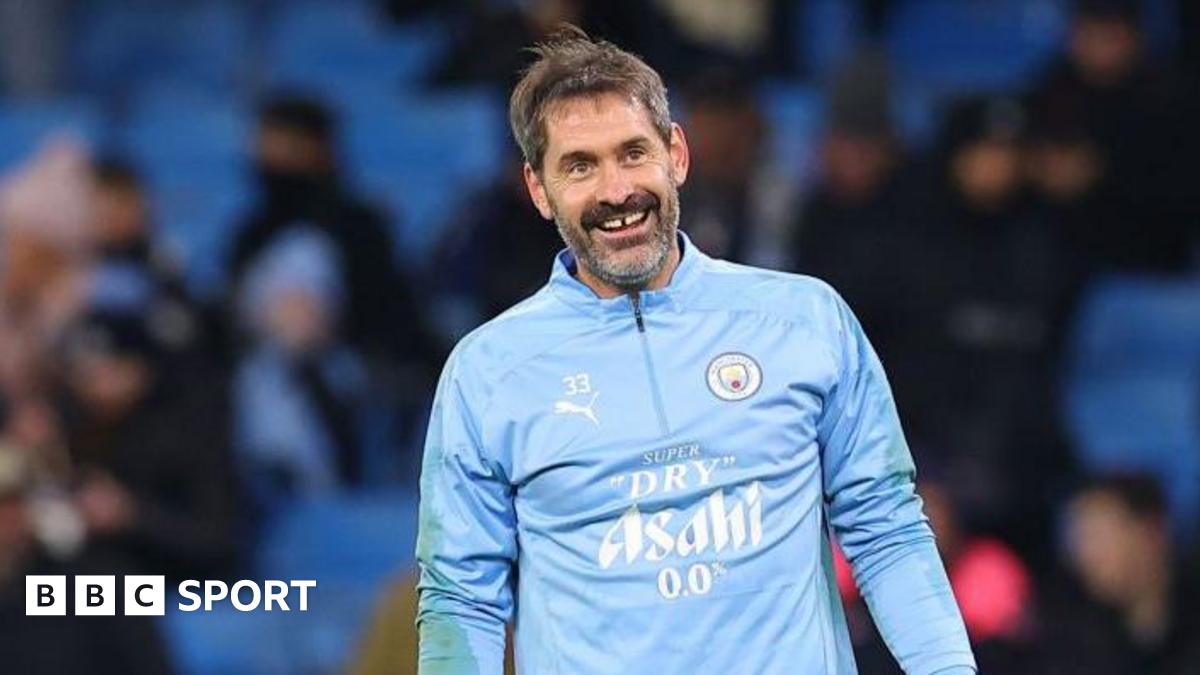A four-year-old boy with a life-threatening immune disease is now living a normal life thanks to a pioneering gene therapy trial.
Eisa Hussain, who suffers from a severe form of leukocyte adhesion deficiency 1 (LAD-1), can now play football and attend school – milestones his family once thought impossible.
LAD-1 cripples the immune system, leaving children vulnerable to infections. Without treatment, the most severe cases are often fatal before the age of two.
Previously, the only option was a stem cell transplant, but finding a suitable donor is difficult. For Eisa, no match existed.
Faced with this desperate situation, Eisa’s parents enrolled him in a groundbreaking gene therapy trial at Great Ormond Street Hospital (GOSH). Due to the rarity of severe LAD-1, the trial was conducted globally.
Eisa was one of two participants at GOSH, joining seven others from around the world. The innovative treatment has transformed Eisa’s life, offering him a future filled with the simple joys of childhood.
His father, Safdar Hussain, said “cuddly and friendly” Eisa is “better than I could have ever thought he would be” after taking part in the trial.
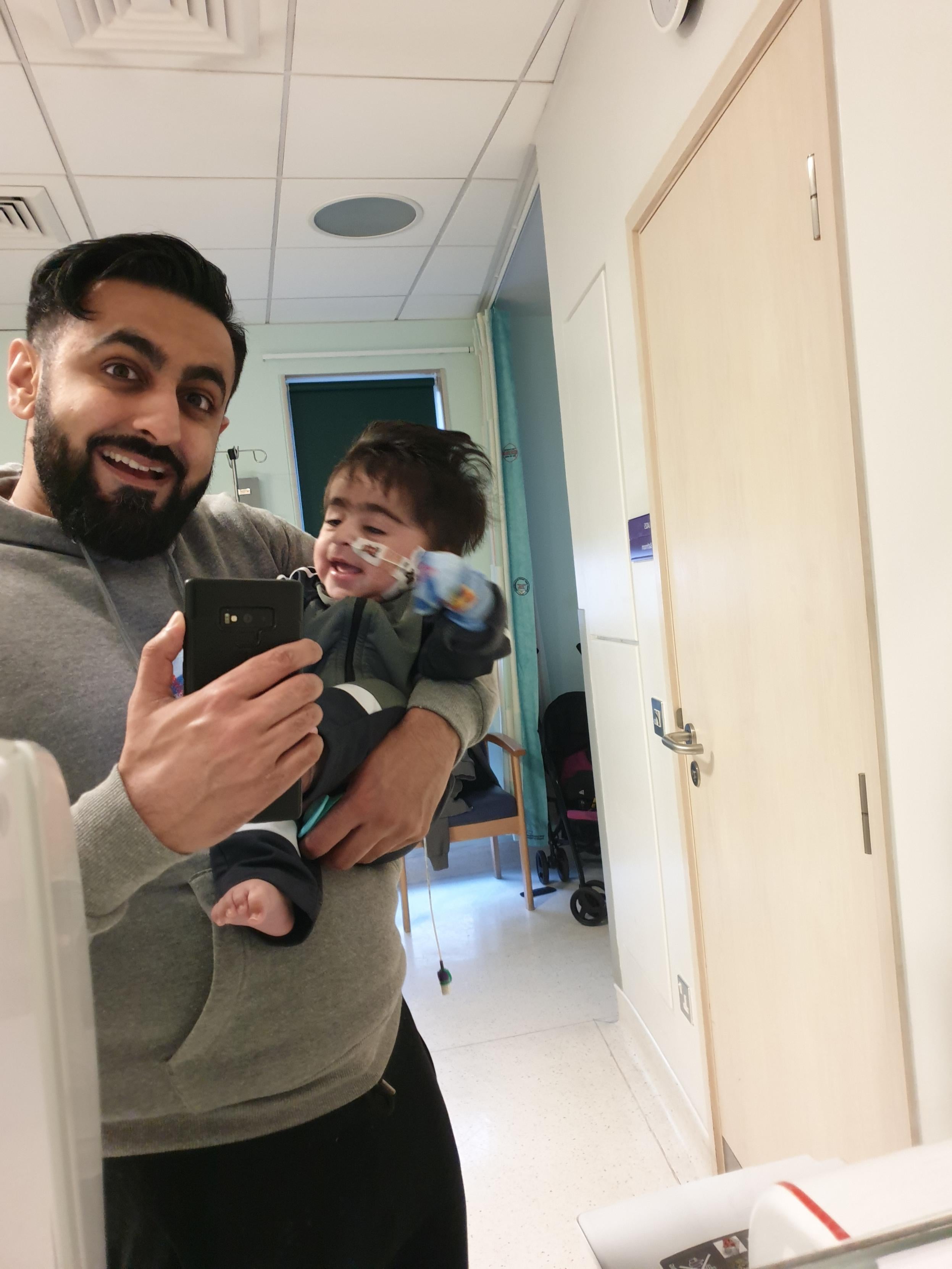
Eisa was born during the pandemic, in the early days of the first lockdown, but his parents quickly realised something was wrong.
Mr Hussain, 37, an architect, from Reading, Berkshire, told the PA news agency that Eisa “didn’t seem right” and an infection led to him being seen in three different hospitals – ending up in GOSH.
He added: “Great Ormond Street told us they couldn’t find a bone marrow match so they offered the gene therapy, I said ‘if that’s the only option they have, we have to do it’.
“Since then, because of this treatment, he has actually been able to fight infections himself.
“Great Ormond Street saved his life. He wouldn’t be able to have the life he has now without those services.”
Eisa and Mr Hussain spent months living at the children’s hospital during various stints in 2020 and 2021.
LAD-1 is an inherited genetic disease. It causes a mutation in the gene ITGB2, which is responsible for making a protein called CD18, which is found on the surface of a specific subset of white blood cells called neutrophils.
They blood cells have been likened to the “first line of defence” when the body encounters an infection.
The amount of CD18 a person “expresses” shows medics how severe their LAD-1 is – if they have less than 2 per cent, like Eisa, then they are deemed to have a severe form of the disease.
“From previous studies on patients with this condition that if you have less than 2 per cent expression, it’s essentially like a death sentence without any treatment,” said Professor Claire Booth, consultant paediatric immunologist at GOSH, which is one of the world-leading centres for gene therapy trials in children.
“We know if you can get above 10 per cent or 15 per cent then those patients actually do well, so we had something to aim for.”
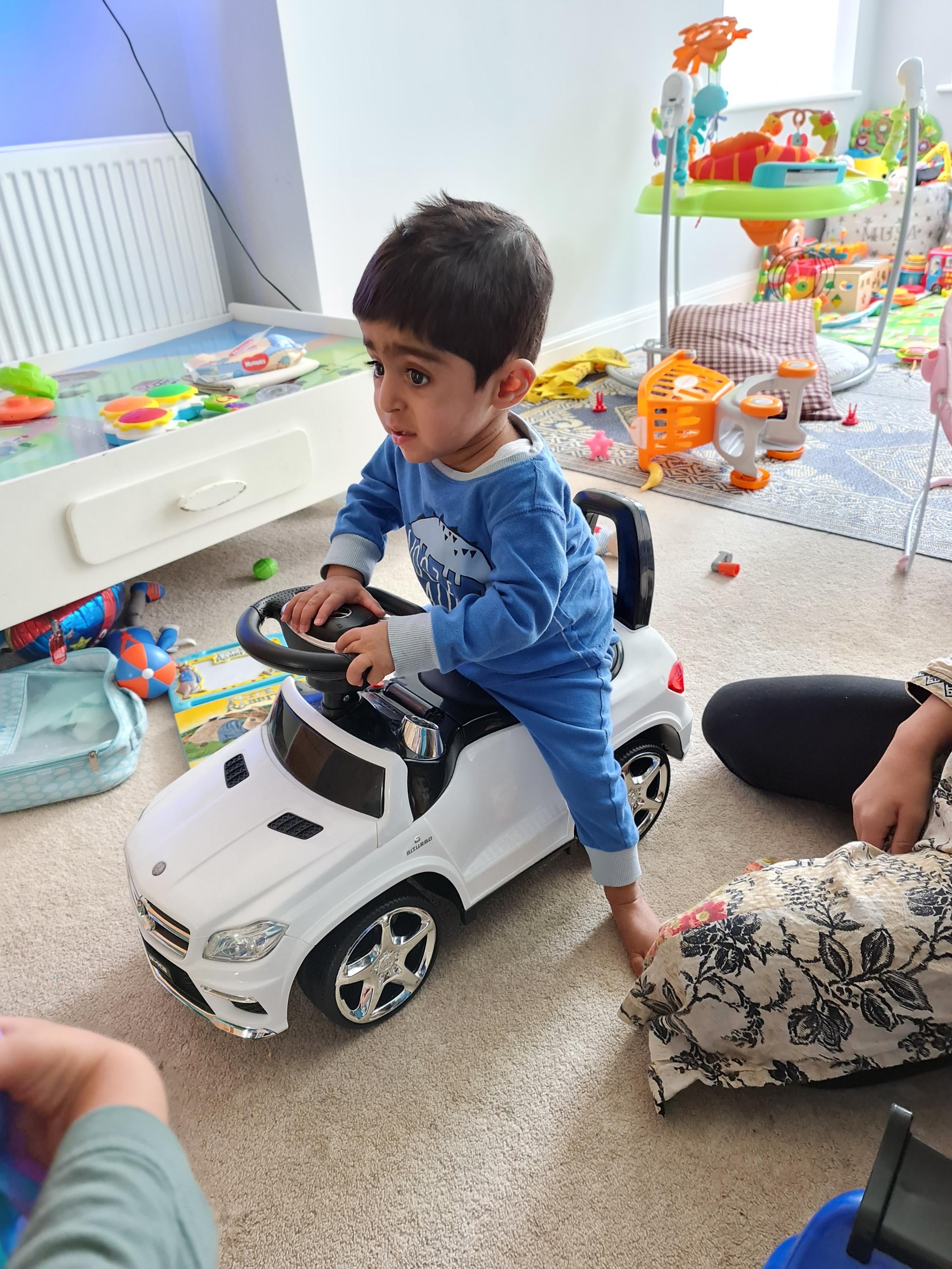
The new gene therapy works by modifying the patient’s own cells to help them create the missing protein needed to help the body fight infection.
These are then returned to the patients which helps them to develop a working immune system.
Eisa, one of three siblings, had his treatment in January 2021 when he was 10 months old.
He was given a course of chemotherapy before the stem cell transplant, to “make space in the bone marrow” to help the transplant take hold.
Experts said by using a patient’s own stem cells there is no risk of rejection or graft-versus-host disease, where donated cells attack the recipient’s body.
Medics described how Eisa was in a “catch-22” situation because he also needed treatment for a problem with his heart, but LAD-1 also causes problems with wound healing, so he would likely not have been able to have the operation before the gene therapy.
After the successful gene therapy, which has been sponsored by Rocket Pharmaceuticals, Eisa was able to have his heart procedure without complications.
Mr Hussain said: “He started walking about a year ago, he is at school now.
“He’s very cuddly and friendly.
“He loves football, he’ll play football around the house; he loves Bing and he is really fascinated by cars.
“How he is now is better than I could have ever thought he would be – I never thought he would be able to walk, the next thing for us will be talking.”
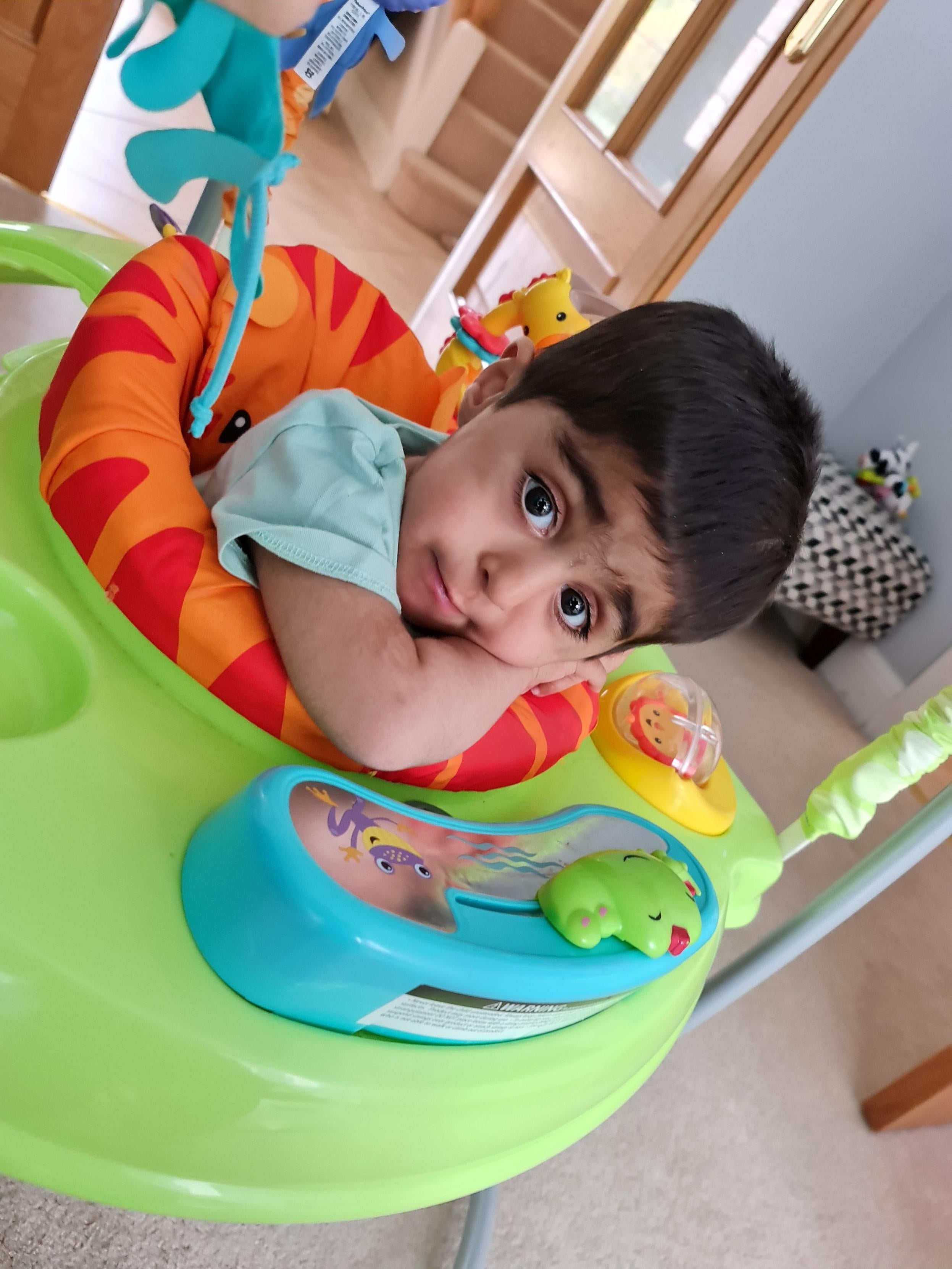
Prof Booth, who is also a professor in gene therapy and paediatric immunology at UCL, added: “I saw Eisa last week and to see him essentially living a normal life – without hospital admissions, without preventative medicines, back to a family life where they can go out and do things with their siblings and their family – that’s what feels really good.”
She said the success of the trial opens doors for gene therapy to be used in a number of conditions, including cancer and muscular dystrophy.
“The possibilities are really far-reaching,” she added.
All of the children involved in the trial had a severe case of LAD-1.
The findings, published in the New England Journal of Medicine, show they all survived to the two-year follow-up mark.
After treatment, all children in the trial had their blood analysed and were found to have the CD18 protein needed to fight infections in the long term, allowing them to stop taking other medications.
The researchers also reported a reduction in infections; fewer infection-related hospital admissions, and the children all showed “normal wound healing” after gene therapy.
The author, including experts from GOSH, UCL, the University of California, Los Angeles (UCLA) and Hospital Infantil Universitario Nino Jesus in Madrid, Spain, said there was a “sustained clinical benefit in all patients” and most had signed up for long-term follow-up of up to 15 years.
They also found all nine patients had “durable improvement in neutrophil CD18 expression to levels of at least 10 per cent”, with some reaching levels as high as 82 per cent when compared with healthy cells.
No safety events or deaths occurred, but there were a number of adverse events linked to pre-infusion treatments.
Eisa had chemotherapy before his treatment, which has resulted in hearing loss, a common side effect of certain chemotherapy regimes in young children.

